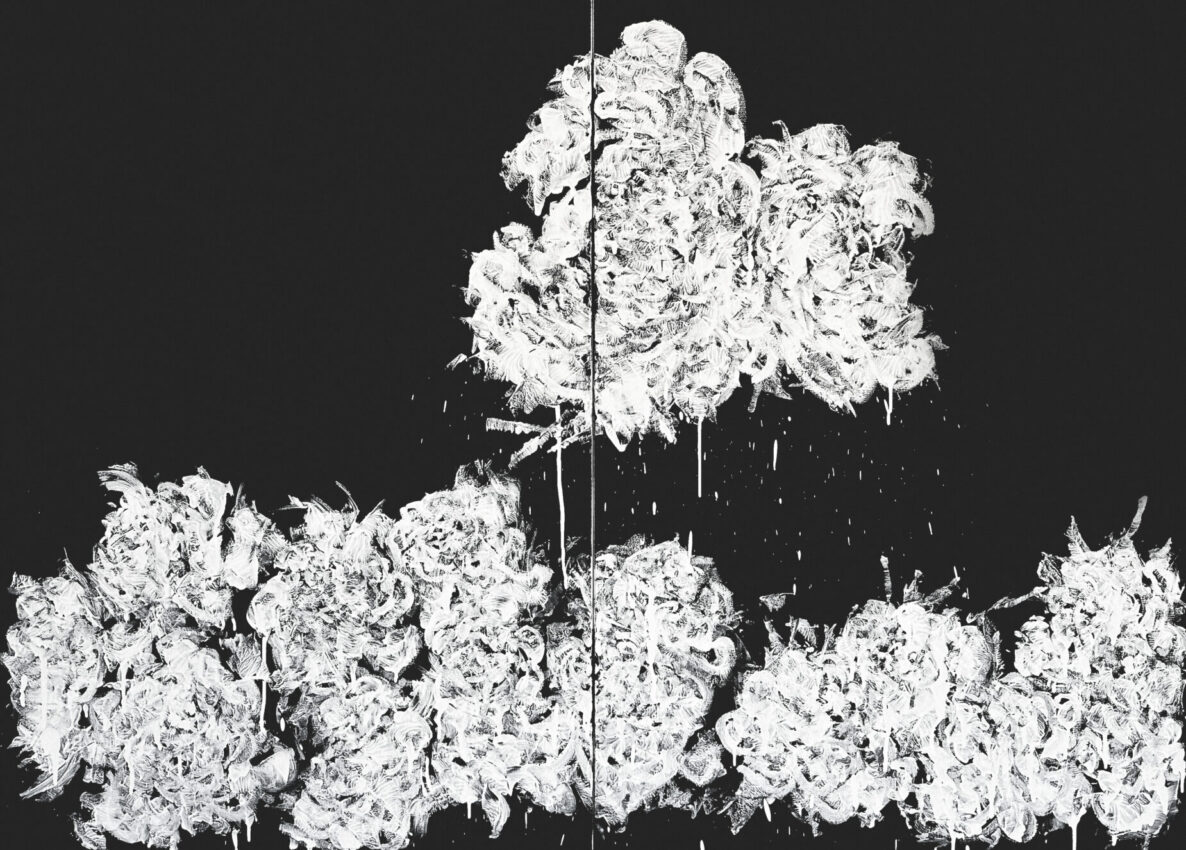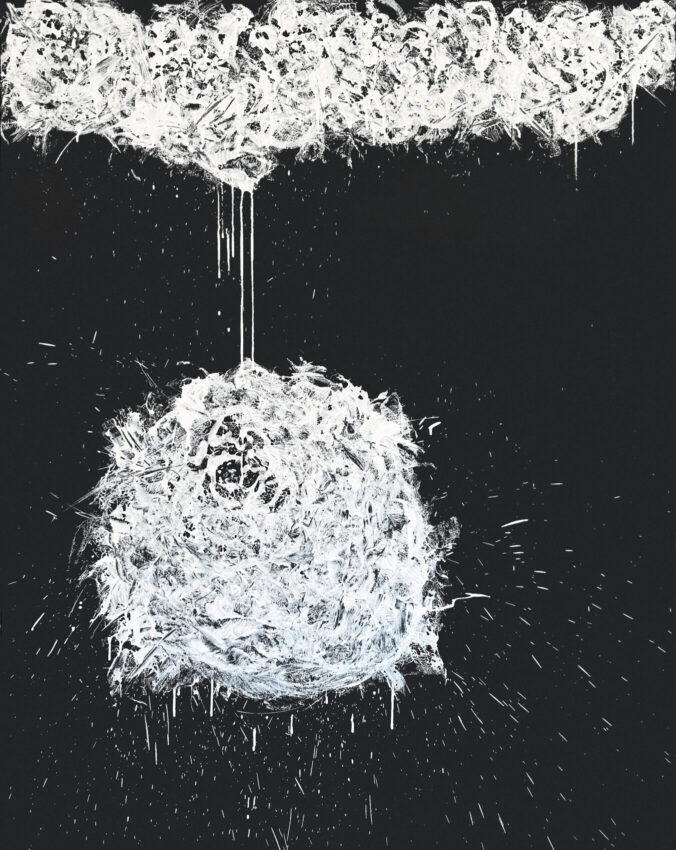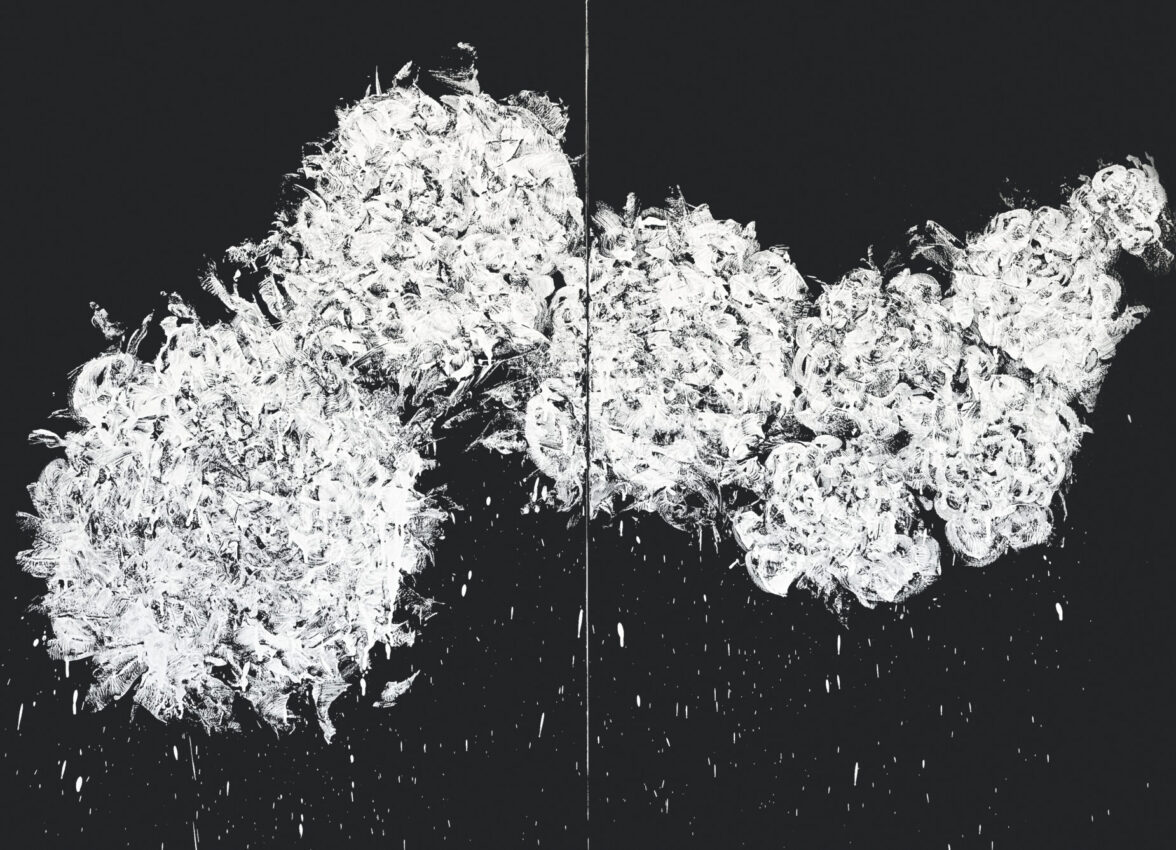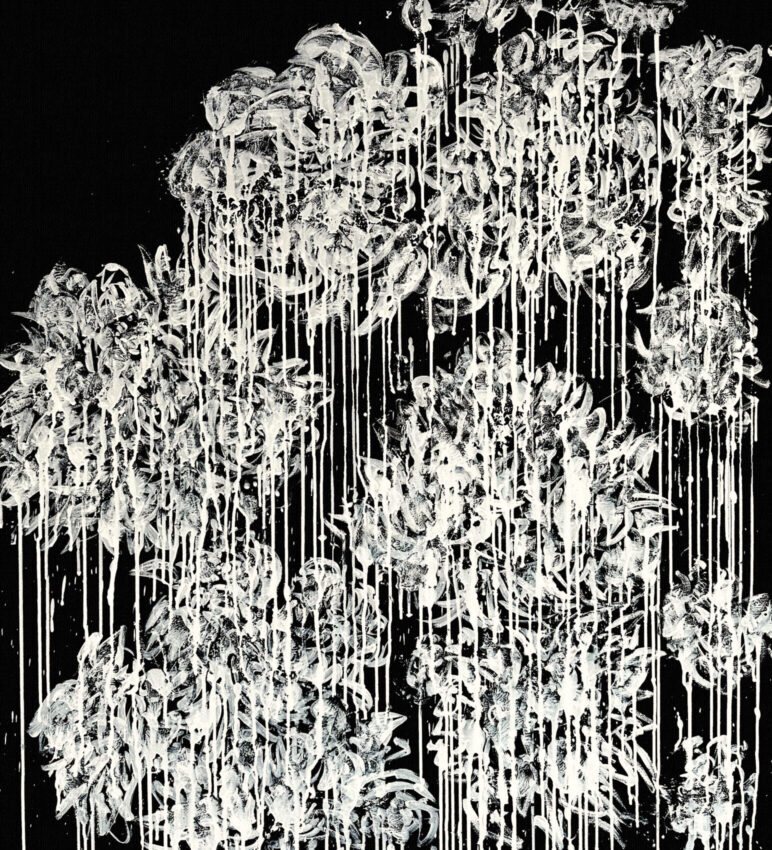Resilient Bloom
What is good and what is evil? In today’s increasingly polarized global society, people are often forced to take sides, leading to a persistent moral dilemma rooted not in universal truths, but in personal values. Many seek to assert their own goodness—often publicly—as a way to reject or deny their potential for wrongdoing. However, this moral stance can become a philosophical trap. Fundamental questions then arise: Does a truly good or evil person exist? Can an entire nation be labeled as good or bad?
Contemporary society is saturated with moralistic behaviors and hypocritical judgments, fueling an instinctive urge to categorize others. The artist, however, challenges these imposed moral codes. During his formative years in Japan, he was drawn to underground culture and formed connections with individuals marginalized by mainstream norms. These encounters revealed the complexity of morality: acts of kindness among those deemed “bad,” and cruelty among those seen as “good.” From these experiences, the artist discovered a fragile and shifting line between both extremes. Good and evil are not fixed states—they are fluid, shaped by context and environment.
Now based in Madrid, the artist navigates life as a Japanese person, constantly confronting the tension of existing on the margins of moral and cultural judgment. These experiences fuel a deep moral frustration, as well as a search for reconciliation between social expectations and his personal truth. Through this journey, he reconnects with the underground subcultures of his youth, particularly traditional Japanese tattooing, which he embraces as a symbol of moral resistance and personal identity.
The chrysanthemum, a common motif in traditional Japanese tattooing, has become a central symbol in his work. In his black-and-white paintings, the flower emerges as an abstract expression of his inner conflict: its delicate form evokes the blurred boundary between good and evil. Through this visual language, the artist invites viewers to question the instability of moral binaries. Ultimately, the chrysanthemum represents not only duality but also a means of healing—a way to express that nothing is inherently good or bad.




